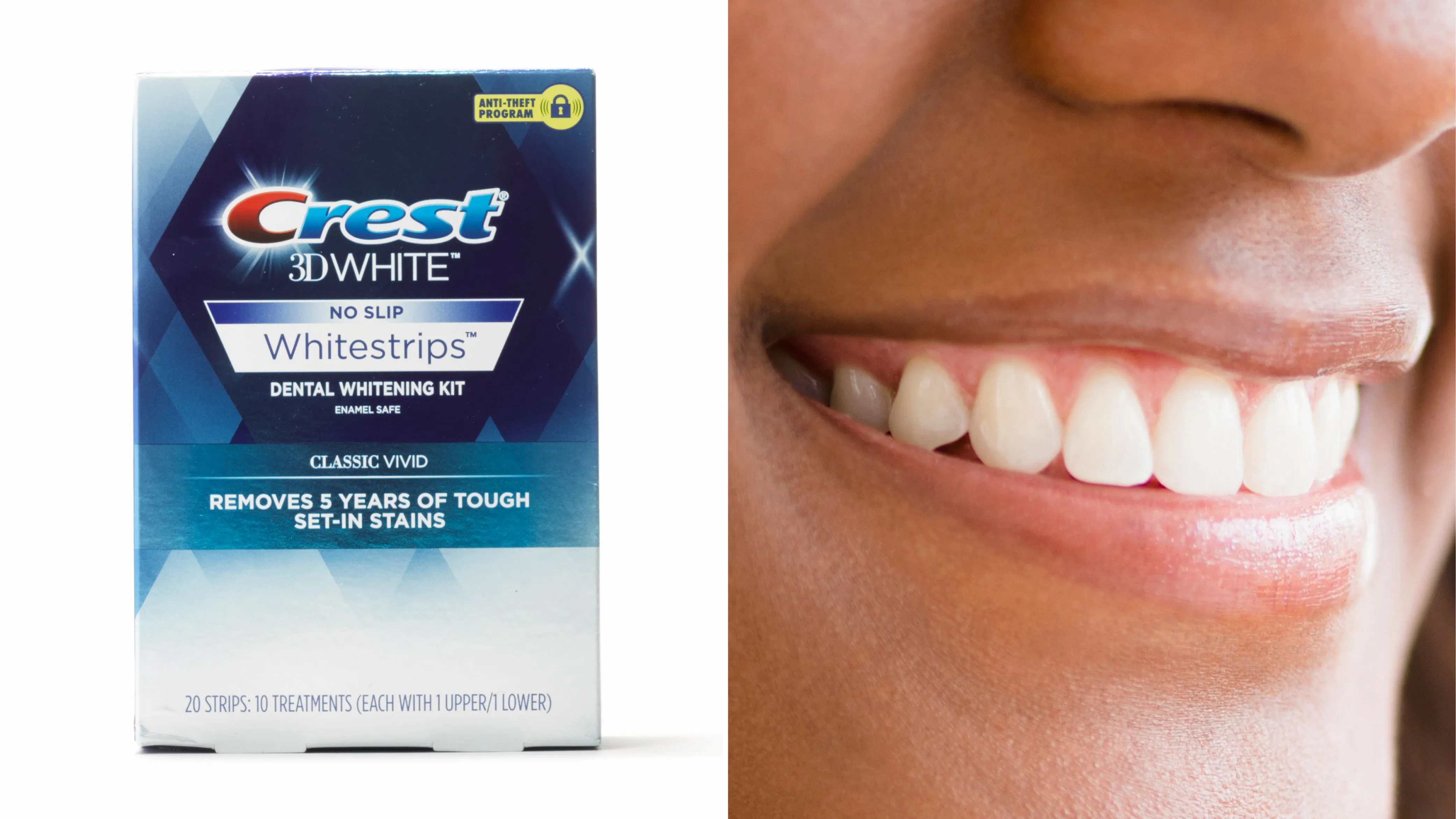The Science Behind Crest Whitening Strips
Crest Whitening Strips have revolutionized the way people approach teeth whitening, offering a convenient and effective method for achieving a brighter smile. These strips work on a scientific principle, utilizing a key active ingredient to penetrate the enamel and break down stain molecules. Understanding the science behind these strips can help you appreciate their effectiveness and use them properly. This guide will delve into the core components, the application process, and the factors that influence their performance, providing you with all the necessary information to achieve optimal results. From the active ingredient to the adhesion technology, we’ll cover everything you need to know.
How the Active Ingredient Works
The primary active ingredient in Crest Whitening Strips is typically hydrogen peroxide, a powerful oxidizing agent. This compound plays a crucial role in the whitening process. Hydrogen peroxide molecules penetrate the enamel of your teeth and interact with the stain molecules that cause discoloration. These stains are typically a result of consuming darkly pigmented foods and drinks, such as coffee, tea, and red wine, as well as smoking or using other tobacco products. The peroxide breaks down these larger stain molecules into smaller, less visible ones, effectively lightening the appearance of your teeth. This process, known as oxidation, is what gives the strips their whitening power. The concentration of hydrogen peroxide in the strips is carefully calibrated to balance effectiveness with safety for home use.
Understanding the Role of Hydrogen Peroxide
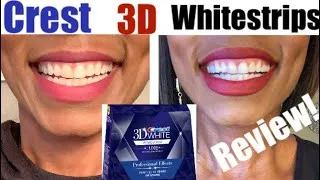
Hydrogen peroxide is not just a bleaching agent; it’s a key component in the chemical process that whitens teeth. When applied to the tooth surface, it releases oxygen, which then reacts with the stain molecules within the enamel. This reaction breaks the bonds that hold the stain molecules together, causing them to become less concentrated and, consequently, less visible. The effectiveness of hydrogen peroxide depends on several factors, including its concentration, the duration of contact with the teeth, and the type of stains present. Crest Whitening Strips are designed to optimize these factors, ensuring that the hydrogen peroxide has enough time to work effectively without causing excessive sensitivity or damage to the enamel.
The Strip’s Adhesion Technology
The effectiveness of Crest Whitening Strips also depends on their ability to adhere to the teeth. The strips are designed with an adhesive that allows them to stay in place, ensuring the hydrogen peroxide remains in contact with the tooth surfaces for the recommended duration. This adhesion technology is crucial for delivering the whitening agent effectively and preventing it from being diluted by saliva. The design of the strips, including their shape and flexibility, also contributes to this, as they mold to the shape of your teeth, covering a significant portion of the visible surface. Without proper adhesion, the active ingredient wouldn’t be able to work as effectively.
Application Process Step-by-Step
Using Crest Whitening Strips correctly is essential for achieving the best results. The application process is designed to be simple and convenient, but following the instructions carefully is vital. Proper preparation, application, and aftercare are key to ensuring effective whitening and minimizing potential side effects such as sensitivity. This section will walk you through the entire process, from the initial preparations to the final steps, providing you with a comprehensive guide to get the most out of your whitening strips. Be sure to read and follow all instructions provided on the packaging, as specific details may vary slightly depending on the product type.
Preparing Your Teeth
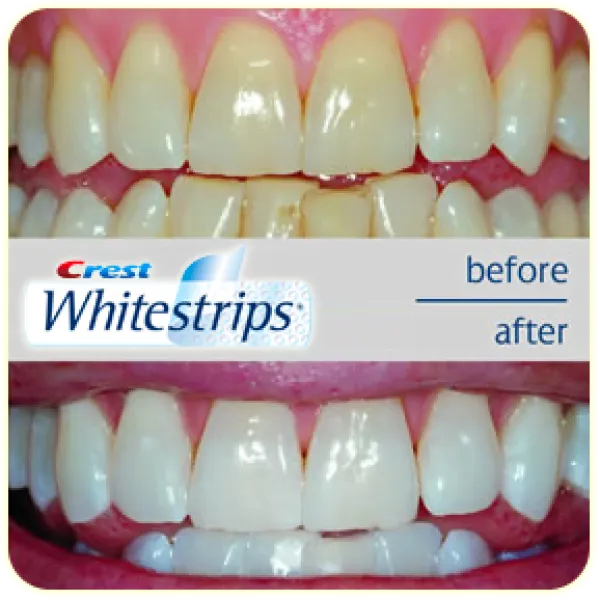
Before applying the whitening strips, it’s important to prepare your teeth. Begin by brushing your teeth gently to remove any surface debris and plaque. Avoid using toothpaste with fluoride immediately before applying the strips, as it can create a barrier that might hinder the hydrogen peroxide’s effectiveness. Flossing before applying the strips can also help ensure that the whitening agent reaches the areas between your teeth. Make sure to rinse your mouth with water to remove any lingering toothpaste residue. Your teeth should be clean and relatively dry before you place the strips on them. This allows the strips to adhere properly and helps maximize their effectiveness.
Applying the Strips
Carefully peel the Crest Whitening Strips from their backing. Apply the longer strip to your upper teeth and the shorter one to your lower teeth. Align the strips with your gum line, pressing gently to ensure they adhere to the surface of your teeth. Fold any excess strip material behind your teeth for a secure fit. Avoid touching the strips excessively to ensure that the whitening agent stays in place. The recommended wear time varies depending on the product, but typically ranges from 30 minutes to an hour. Set a timer to ensure you adhere to the recommended duration. During this time, try to avoid excessive saliva production, as it can dilute the whitening agent.
Post-Application Care
After the recommended wear time, carefully remove the strips and discard them. Rinse your mouth thoroughly with water to remove any remaining gel. Avoid eating or drinking for at least 30 minutes after application to allow the whitening process to continue without interference. You can brush your teeth after the 30-minute waiting period, but use a soft-bristled toothbrush and avoid brushing too vigorously, especially if you experience any sensitivity. Regular use of Crest Whitening Strips, following these instructions, can help you achieve a brighter, whiter smile over time. Remember to be consistent with the recommended usage schedule for optimal results.
Factors Influencing Effectiveness
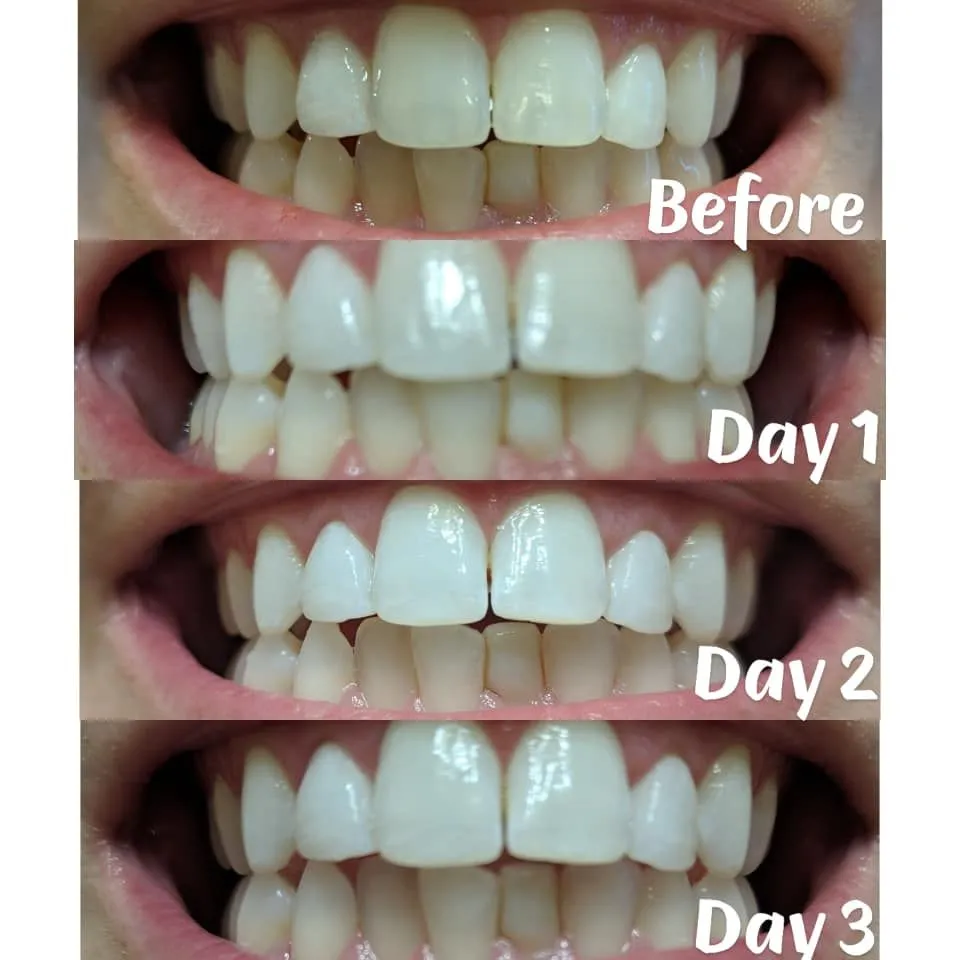
Several factors can influence the effectiveness of Crest Whitening Strips. The type and severity of stains, the duration of use, and the consistency of application all play a significant role. Understanding these factors can help you adjust your approach and maximize the whitening results. Furthermore, individual differences in tooth enamel and oral hygiene practices can also affect how well the strips work. By being mindful of these factors, you can optimize your teeth-whitening routine and achieve the desired results. Consider the various influences and take steps to mitigate any potential negative impacts.
Types of Stains Crest Whitening Strips Tackle
Crest Whitening Strips are most effective on stains caused by aging and the consumption of staining foods and beverages. These include coffee, tea, red wine, and dark-colored berries. They also help to remove stains caused by smoking. The hydrogen peroxide in the strips works to break down the molecules responsible for these surface stains. However, they may not be as effective on stains caused by certain medications or dental issues, such as intrinsic stains that originate from within the tooth structure. For more stubborn or deep-set stains, a professional teeth-whitening treatment performed by a dentist might be necessary. Understanding the type of stains you have can help you set realistic expectations for the effectiveness of Crest Whitening Strips.
Frequency and Duration of Use
The recommended frequency and duration of use for Crest Whitening Strips are typically provided on the product packaging. Following these guidelines is crucial for achieving optimal results without increasing the risk of sensitivity or other side effects. Most Crest Whitening Strip products recommend using the strips once a day for a specific period, such as 30 minutes for a certain number of days. It’s important to avoid exceeding the recommended usage, as overuse can lead to increased sensitivity. Consistency is also key; regularly using the strips as directed will provide the best results over time. If you have any questions or concerns about how to use the strips, be sure to consult with your dentist or a dental professional.
Sensitivity and Side Effects
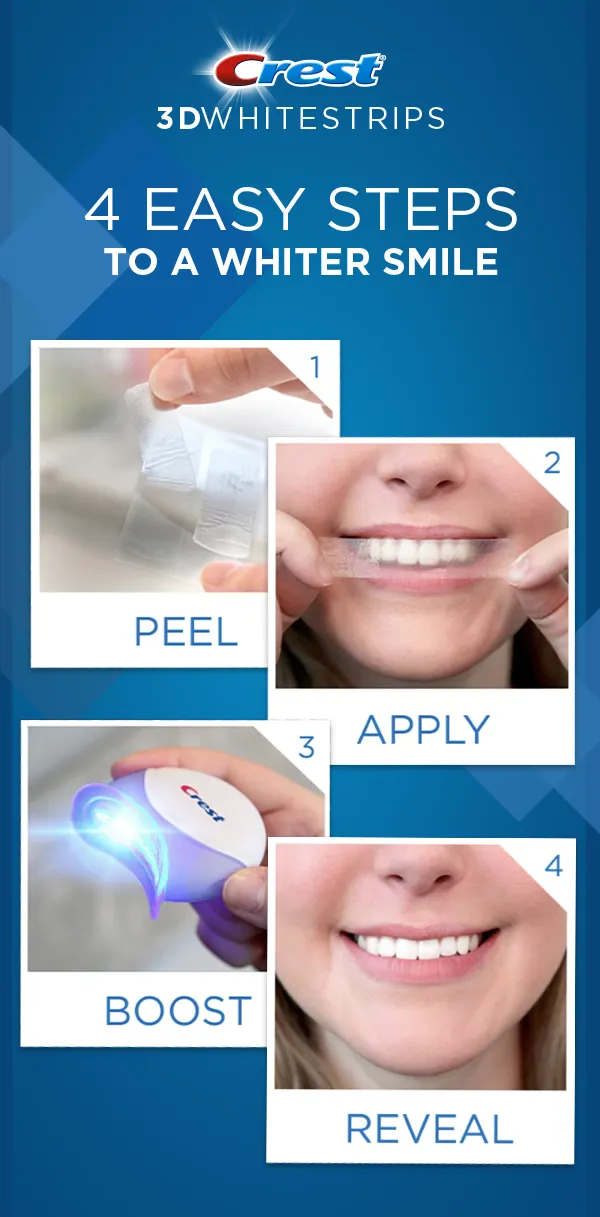
While Crest Whitening Strips are generally safe, some users may experience side effects, such as tooth sensitivity or gum irritation. These side effects are usually temporary and can be managed with proper care. Understanding potential side effects and knowing how to address them can help you continue whitening your teeth comfortably. It is crucial to be aware of any discomfort and take appropriate action. If you have existing dental conditions or concerns, it is advisable to consult a dentist before using whitening strips. Here, we’ll delve into the common side effects, and how you can mitigate them.
Managing Tooth Sensitivity
Tooth sensitivity is a common side effect of teeth-whitening treatments, including Crest Whitening Strips. This sensitivity occurs when the hydrogen peroxide penetrates the enamel and temporarily affects the nerves in your teeth. To manage sensitivity, you can use toothpaste designed for sensitive teeth, which contains ingredients like potassium nitrate to block the nerve signals. Applying the strips every other day, rather than daily, can also help reduce sensitivity. If the sensitivity is severe, you might consider stopping the treatment temporarily. Consult with your dentist if the sensitivity persists or becomes unbearable. They may recommend other strategies, such as fluoride treatments or adjusting the whitening regimen to alleviate the symptoms.
Other Potential Side Effects
Besides tooth sensitivity, other potential side effects of Crest Whitening Strips include gum irritation, which can manifest as redness or soreness. This can happen if the whitening gel comes into contact with your gums. To minimize gum irritation, be careful to align the strips with your gum line and avoid overlapping them. If irritation occurs, discontinue use and allow your gums to heal. In rare cases, some people may experience a mild sore throat. If you experience any severe side effects, it’s important to discontinue use and consult with your dentist. They can assess your specific situation and provide guidance on how to proceed safely with teeth whitening.
Maximizing Your Results
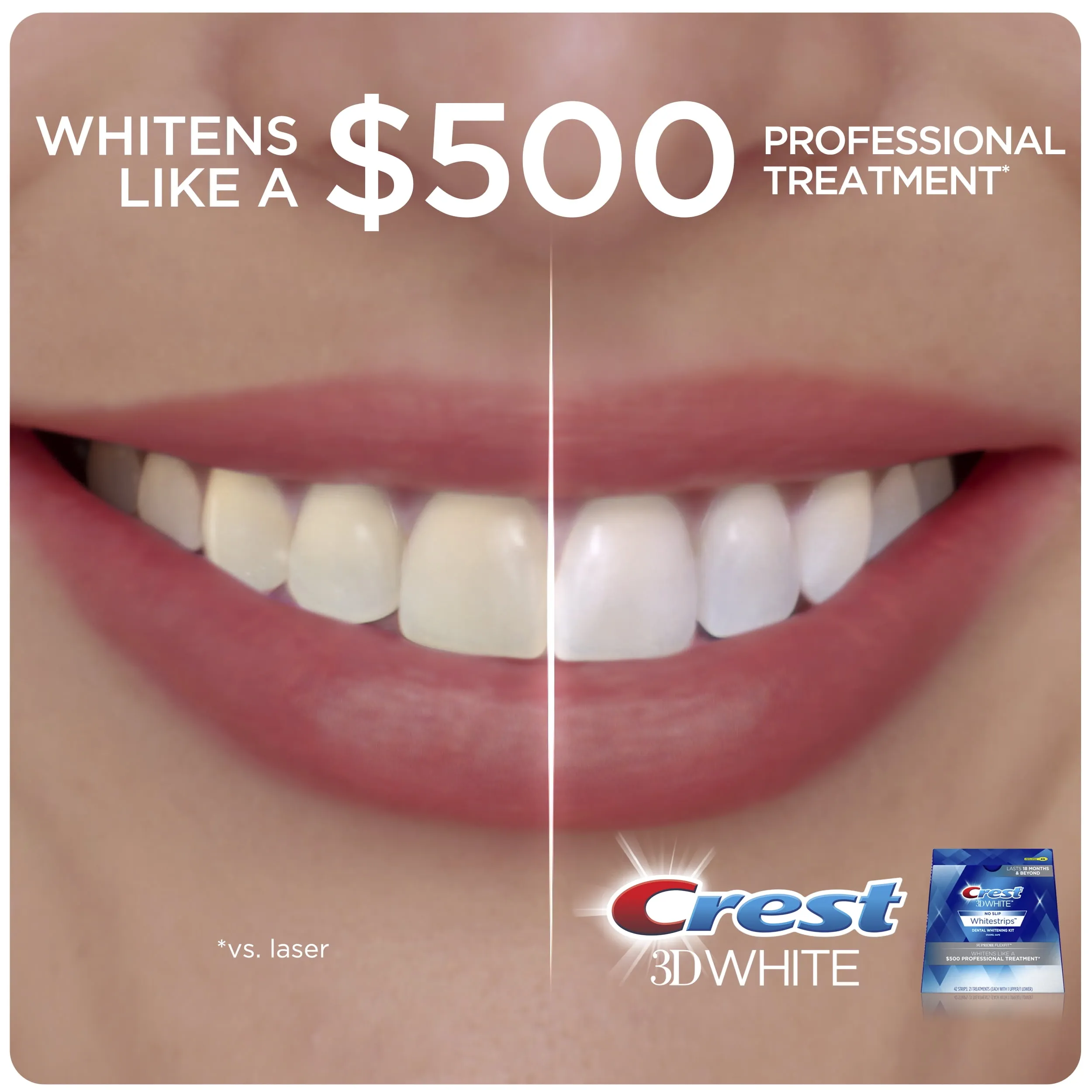
To achieve the best results with Crest Whitening Strips, it’s essential to adopt strategies that enhance their effectiveness and maintain your new, brighter smile. From choosing the right product to establishing a consistent oral hygiene routine, several steps can help you maximize the benefits of teeth whitening. These include making conscious lifestyle choices and understanding how to care for your teeth. By combining the use of Crest Whitening Strips with these additional tips, you can enjoy a noticeably whiter and healthier smile. Careful attention to these aspects ensures you get the most out of your teeth-whitening efforts.
Choosing the Right Crest Whitening Strip
Crest offers various types of whitening strips, each with different formulations and features designed to meet different needs and preferences. Some strips offer a faster whitening experience, while others focus on sensitivity management. When choosing the right product, consider your teeth’s sensitivity level, the severity of staining, and your desired whitening outcome. For example, Crest 3D White Professional Effects strips provide a high level of whitening power, while Crest Whitening Emulsions offer a more convenient and gentler approach. Always read the product descriptions carefully to ensure you select the strip that best fits your needs. If you are unsure, you can consult with your dentist to receive a recommendation that suits your specific oral health condition and goals.
Maintaining Your White Smile
Once you have achieved your desired level of whiteness, it is important to maintain your results. This can be done through a combination of good oral hygiene practices and lifestyle adjustments. Brush your teeth at least twice a day and floss daily to remove plaque and prevent new stains from forming. Limit your consumption of staining foods and drinks, such as coffee, tea, and red wine. If you do consume these items, brush your teeth soon afterward or rinse your mouth with water to minimize staining. Consider using a whitening toothpaste or mouthwash to help maintain your bright smile. Regular dental check-ups and cleanings can also help to remove any surface stains and keep your teeth looking their best. Regular use of the whitening strips will help to maintain your results.
